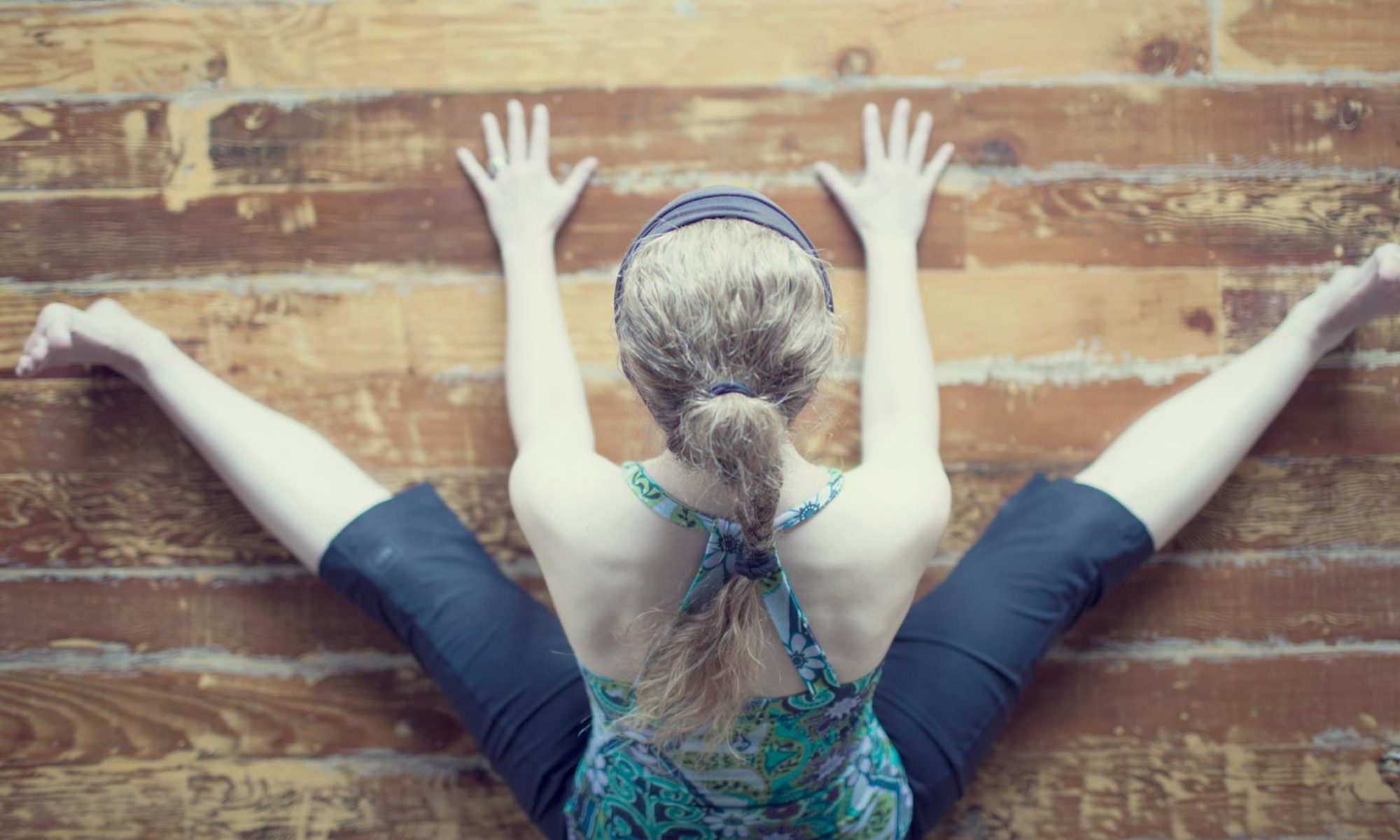
As we all practice physical distancing and stay at home as much as possible, doing our part to stem the COVID-19 tide, we are presented with a unique opportunity – a chance to shift our usual way of being and thinking and doing, a chance to explore new ideas and new ways to move through our days.
Spending time at home can mean more time on our meditation cushion or yoga mat, more time in the kitchen cooking our favourite recipes and trying new ones, more time relaxing with a good book or movie. We can take up a new hobby or revisit an old one. We can sit outside in the yard and make some vitamin D on a sunny day. We can dig in our gardens, organise our closets, deep clean neglected areas of the house, do some home repairs or projects we’ve been putting on hold until we had more time.
In case you are looking for a few ways to explore and connect virtually with the world outside, here are just a few of the many ideas available – in addition to surfing through YouTube, Netflix, TED Talks, etc., which have some great finds as well, of course.
Explore culture and history around the world
Check out Google Arts and Culture to peruse the collections of 2500 museums around the world, as well as cultural sites, landmarks, historical events and more: https://artsandculture.google.com/
Other virtual museum tours direct from the source:
- The Louvre – https://www.louvre.fr/en/visites-en-ligne
- The Van Gogh Museum – https://vangoghmuseum.nl/en/explore-the-collection
- San Diego Museum of Art – https://www.youtube.com/user/SanDiegoMuseumofArt
- Asian Art Museum – https://www.youtube.com/user/AsianArtMuseum
- The Metropolitan Museum – https://www.metmuseum.org/
Take in a musical performance
- The Metropolitan Opera – https://www.metopera.org/user-information/nightly-met-opera-streams/
- The Berlin Philharmonic – https://www.digitalconcerthall.com/en/tickets
- Wigmore Hall – https://wigmore-hall.org.uk/watch-listen/live-stream
- WHO’s Together at Home concert series – https://www.globalcitizen.org/en/ca/
Take a course to learn a new language or skill
You can find a vast array of classes available online, including free and low-cost options. Check local (and not so local) colleges and universities – some are offering free online courses right now. Other options with a wide variety of classes include:
- https://www.edx.org/
- https://www.coursera.org/
- https://www.futurelearn.com/
- https://www.udemy.com/
- https://www.open.edu/openlearn/free-courses/full-catalogue
Connect virtually with the natural world
Studies have shown that just looking at images of nature can invite the same sense of peace and calm into our mind and body that a walk in the forest can.
The Monterey Bay Aquarium has live cams that connect you to the wonder of the ocean from the comfort of your own home. From sea otters to sharks, jellies to penguins, there are 10 different cams to enjoy throughout the day. In addition, they offer guided meditations (‘Medit-Oceans’) every day on Instagram, which are then added to the huge library of videos on their YouTube channel. https://www.montereybayaquarium.org/animals/live-cams
For more live cam entertainment, there are a number of zoos around the world that invite you behind the scenes to connect with their inhabitants, including the San Diego Zoo, the Melbourne Zoo & Werribee Open Range Zoo, and the Dublin Zoo.
World Wildlife Fund’s Natural Habitat Adventures is offering a Daily Dose of Nature. At 1pm Mountain Time every Monday through Friday you can enjoy webinars presented by guides from around the world. https://www.nathab.com/traveler-resources/webinars/
Manage stress & build resilience through mindfulness
Mindfulness teacher Tara Brach has put together a wonderful collection of short talks and guided meditations to support us in this uncertain time, as well as a guided half-day retreat: https://www.tarabrach.com/pandemic/
Tricycle is offering a series of free live-stream meditations with beloved teachers like Jack Kornfield, Pema Chödrön, Sharon Salzberg and more: https://tricycle.org/trikedaily/online-meditation/
Mindful magazine has created a collection of online resources to help us find calm and cultivate resilience: https://www.mindful.org/free-mindfulness-resources-for-calm-during-covid-outbreak/
This is just a handful of ideas that will hopefully provide some inspiration and support. As you navigate the days ahead, take the time to be attentive to the needs of your mind and body. Invite some mindful movement into every day, connect with your breath and the sensations in your body, notice your thoughts and emotions and welcome them in with kindness and compassion. While we naturally want to stay informed of developments at home and around the world, balance your news consumption with things that are positive, uplifting, creative, and inspiring – both online and off.
I leave you with an offering of Metta, lovingkindness:
May you be healthy
May you be safe
May you be peaceful
May you live with ease.
May all beings be healthy
May all beings be safe
May all beings be peaceful
May all beings live with ease.



 This weekend I had the extraordinary privilege of studying with Father Joe Pereira. A Catholic priest for 51 years, Father Joe also studied closely with B.K.S. Iyengar for more than 40 years. He has been sharing the wisdom and healing power of Iyengar yoga around the world, while harnessing its therapeutic benefits to treat addiction and manage HIV/AIDS at the 69 treatment centres run by Kripa Foundation, which he founded in 1981 (
This weekend I had the extraordinary privilege of studying with Father Joe Pereira. A Catholic priest for 51 years, Father Joe also studied closely with B.K.S. Iyengar for more than 40 years. He has been sharing the wisdom and healing power of Iyengar yoga around the world, while harnessing its therapeutic benefits to treat addiction and manage HIV/AIDS at the 69 treatment centres run by Kripa Foundation, which he founded in 1981 (